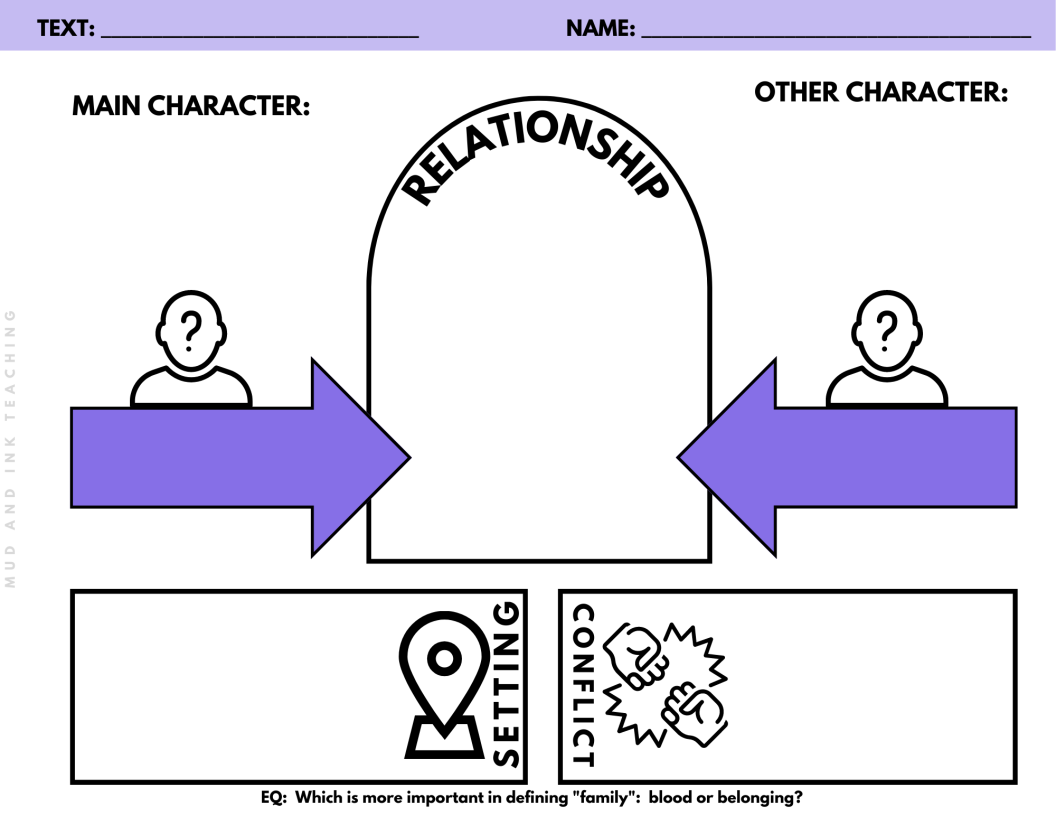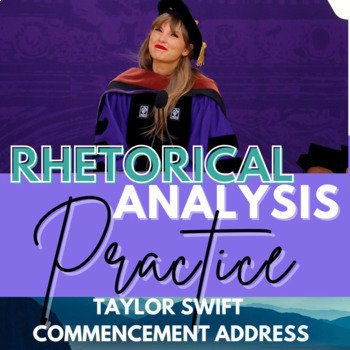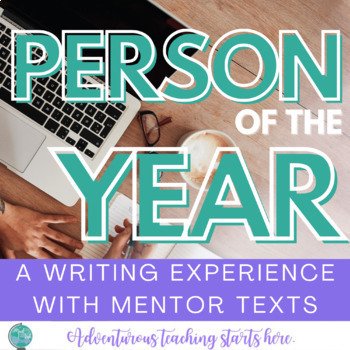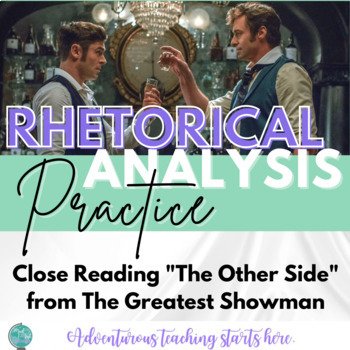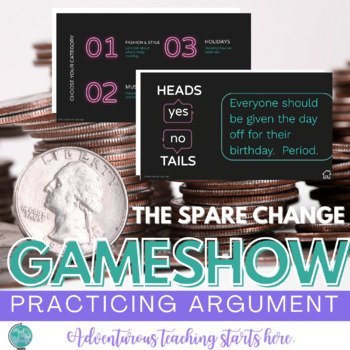Planning a Novel Unit Reading Calendar
Planning a Novel Unit Reading Calendar
The art of pacing out the reading during a novel unit can be tricky, so we’re going to take some time today to talk through the process. Whether you’re teaching a classic or a contemporary YA title, there are special considerations to be made for the design of your calendar and how we backwards plan for ELA. Let’s jump in!
For a while now, I've had the pleasure of guiding countless teachers through the intricacies of curriculum design and instructional coaching. In one of our most recent videos, I delved into a topic that's crucial for any literature teacher: creating an effective reading calendar. Today, I want to share with you the insights and strategies I discussed for building a reading calendar specifically tailored to the novel Fahrenheit 451. You can skim through this post to see the gist and then watch the full video when you’re ready!
Understanding Your Timeframe
The first step in crafting a reading calendar is to get a clear picture of the real time you have available for the unit. It's not just about the number of days on the calendar; it's about the actual class time you can dedicate to reading, discussions, and assessments. This understanding is foundational because it shapes how you'll pace the novel and plan your activities.
Setting Clear Assessment Goals
Before you dive into the reading schedule, it's essential to set your assessment goals. What do you want your students to achieve by the end of the unit? How will you measure their understanding and engagement with the text? These goals will guide you in structuring your calendar and ensuring that each activity aligns with your objectives.
Structuring for Engagement and Ownership
A well-structured reading calendar does more than just outline what to read and when; it fosters student ownership and engagement with the text. I advocate for backward planning, which means starting with your end goals and working backward to determine the steps needed to get there. This approach ensures that every part of your calendar is purposeful and directed towards your learning outcomes.
Decentering the Text for Broader Discussions
In our discussion, I emphasized the importance of decentering the text to allow for broader analysis and discussions. This means assigning larger chunks of reading at a time and not getting bogged down by focusing solely on the text itself, and instead, focusing on the essential question. By doing so, you create space for students to connect the novel to larger themes and ideas, which enriches their learning experience.
A Week in the Life of a Reading Calendar
PIN ME!
Let me give you a glimpse into how I structure a reading calendar. Mondays are for assigning reading, which sets the tone for the week. Tuesdays are reserved for small group activities, which encourage collaboration and deeper understanding. Wednesdays and Thursdays are perfect for close reading exercises, allowing students to dive into the text's nuances. This structure balances guidance with autonomy, giving students the framework they need while empowering them to take charge of their reading.
Flexibility and Adaptation
One of the most important lessons I've learned is the value of flexibility. Every classroom is different, and what works for one may not work for another. It's okay to adjust the reading schedule based on your school's timetable and to be open to rearranging assessment, small group, and close reading days as needed.
Final Thoughts
Creating a reading calendar for Fahrenheit 451 or any novel is a balancing act between structure and flexibility. It requires an understanding of your timeframe, clear assessment goals, and a willingness to adapt to your students' needs. I encourage you to use the template I've provided as a starting point and to check the description box for additional resources.
I wish you all the best in planning your reading calendar. Happy teaching!















